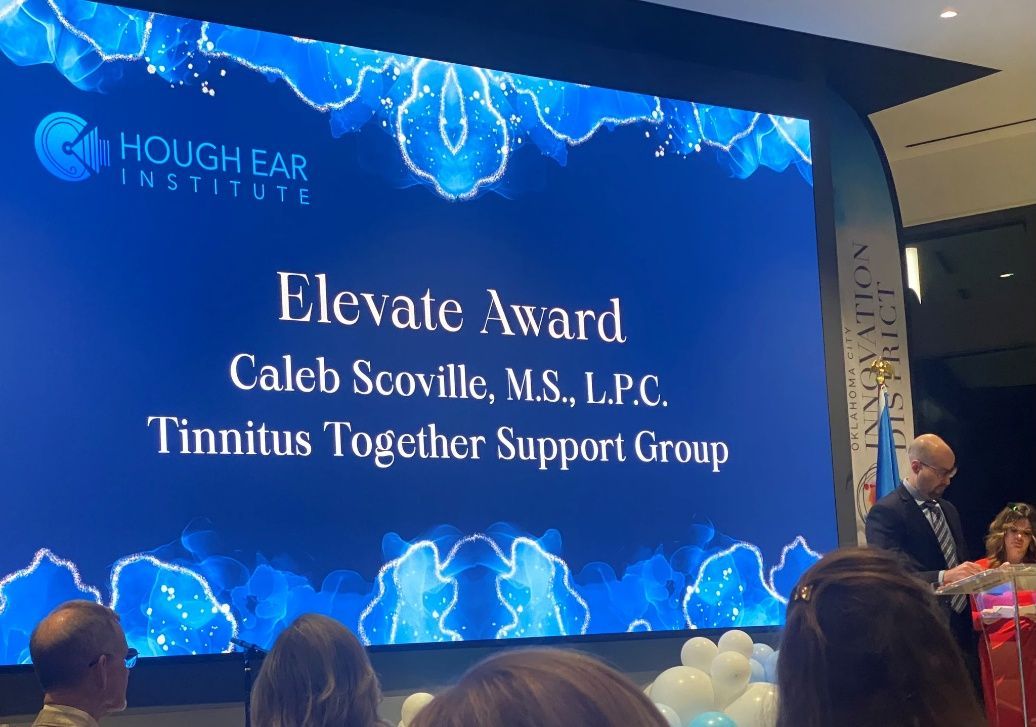Practicing Gratefulness… Noticing and Appreciating the Good
By Tiffany Fuller, LMFT
This is our second in a series of 2 articles on “Gratitude.”
Gratitude is not minimizing or denying. It is not pretending. According to Robert Emmons (2010), gratitude has two components-identifying the good (affirmation) and recognizing that the source of that good is outside you.Gratitude shifts the lens of attention to notice and appreciate goodness in the every day - the taste of your morning cup of coffee or maybe the warmth of the cashier’s smile as she wishes you a nice day. These small acts of kindness and moments of pleasure are easy to overlook. It takes practice to tune in, to “hold” the goodness for long enough it makes an impact. Current neuroscience research tells us that our brains encode negative experience into memory quickly (take a moment and think of a frustrating conversation you’ve had recently….probably not that difficult.) However, encoding positive memories is tricky. Implicit memory systems act like Teflon, allowing the good to slide off- unless we practice turning the fact of something good into an embodied experience. Unless we sit with our awareness of the good, taking it in with our senses long enough that it moves from short to long-term memory (Hanson, 2013, p.25-27). Fortunately, it only takes 20 seconds of tuning in - of engaging our attention with sights, smells, sounds, textures and even our emotional response to whatever “good” we are experiencing- and we’ve created a new neural pathway. A road that can develop into a mental superhighway that moves us towards contentment and wellness, with a little practice.
A gratitude practice also helps to change internal dialogue. The background noise of complaint that often runs on auto-pilot…”why are they driving so slow, I mean who goes BELOW the speed limit ?!?” is halted by the influx of a new vocabulary:The language of wonder (those little “wow! moments” you’ve practiced noticing throughout the day). Maybe you’re more aware of a colleague’s graceful response in a tense meeting (or your own!), or you appreciate a teammate’s differing perspective, or maybe that gnarled old tree at the end of the block is no longer an eyesore, but a marvel of flexibility and strength enduring winds of change. The mundane can become a pathway to a deeper experience of connection and aliveness as we build the gratitude muscle.
When you engage your attention to notice the good, and sit with it, your experience changes. For me, it looks like this. Instead of flying by that moment when my teenage son hugged me before he left for school, I took 20-30 seconds to stay in the moment. I noticed how happy I felt as he smiled at me. I breathed in the combination scent of clean shower and sleepy-boy. I felt the weight of his almost 6’3’’ frame as he bent and rested against me. I was aware of my thoughts,“how quickly time passes” and “I’m so glad I’m his mom”. My body felt relaxed, peaceful yet energized as I soaked in all the goodness. I connected with how thankful I was for this moment with my son. This normal everyday moment that held so much richness, when I paused long enough to be fully aware of it.
Practicing gratitude helps shift perspective. The more I notice and am thankful for the good, the more goodness I perceive-even in moments that seem, frankly, not so good. It has become an essential part of self-care, and a wellspring to draw from when life gets challenging.
Benefits of Gratitude:
- Resilience
- Increase in experience of positive emotion; greater joy, pleasure
- More alert, awake
- Stronger immune system
- Decrease in blood pressure
- Better sleep
- Feel less isolated
- Increase in compassion, forgiveness
(Emmons, 2010)
Tips to begin:
- Write down 3-5 things you are grateful for each day for a month (notice any changes in experience-thoughts, feelings, perspective, mood, behavior etc.)
- Practice tuning-in to the good for 20 seconds-engage as many senses as possible
- Write a note by hand and express gratitude for someone else- a quality you appreciate, or an action that touched you.
- Prayers of thanksgiving
Resources
Emmons, R. (2007). Thanks! How the new science of gratitude can make you
happier. New York: Houghton Mifflin Harcourt.
Emmons, R. (2010, November 16). Why gratitude is good. Retrieved from
https://greatergood.berkeley.edu/article/item/why_gratitude_is_good
Hanson, R. (2013). Hardwiring Happiness. New York: Harmony.
Author: Tiffany Fuller, LMFT.Tiffany is a Licensed Marriage and Family Therapist in the State of Oklahoma and, also a clinical member at Transforming Life Counseling Center.







